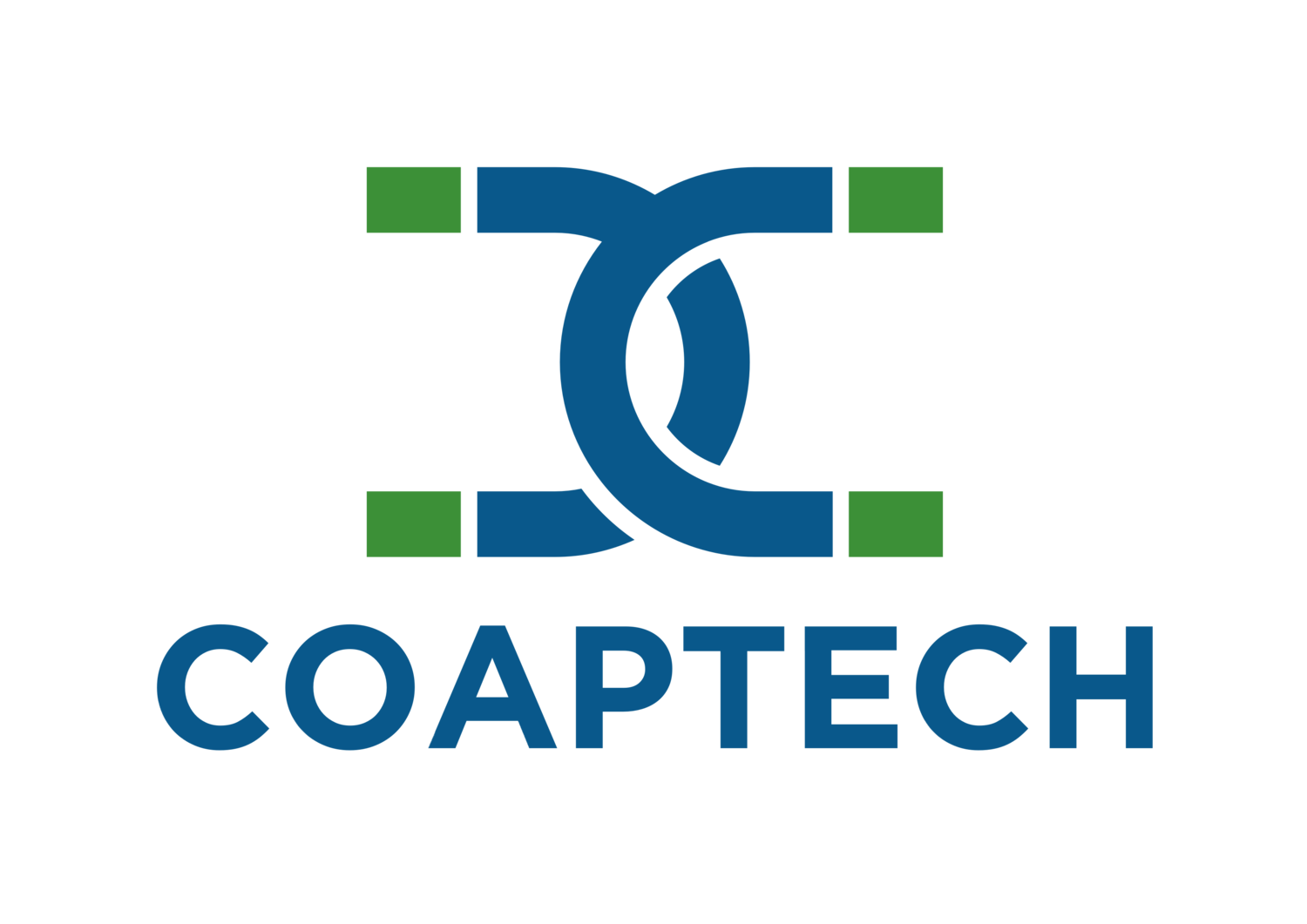Late-breaking Abstract
SESSION TITLE: Late-breaking Abstract Posters
SESSION TYPE: Original Investigation Posters
PRESENTED ON: October 18-21, 2020
—
CONCOMITANT PERCUTANEOUS DILATATION TRACHEOSTOMY AND PERCUTANEOUS ULTRASOUND GASTROSTOMY: METHODS TO ENSURE SAFE PRACTICE STANDARDS DURING THE COVID-19 PANDEMIC
PETER OLIVIERI JASON HEAVNER AND MUSTAFA ABDULMAHDI
PURPOSE: The novel human coronavirus, severe acute respiratory syndrome coronavirus 2 (SARS-CoV-2), continues to infect naïve populations causing surges of critically ill patients who can survive their acute critical illness. Tracheostomy and gastrostomy are commonly paired procedures that bridge patients from their acute to subacute critical illness. Both are aerosolgenerating procedures that can result in provider contamination and infection. We report new methods to create safer practice for providers and patients compared to current standards.
METHODS: The practice standard at our 24-bed academic-affiliated ICU for transitioning patients into the subacute phase of their critical illness involves bedside percutaneous dilational tracheostomy (PDT) followed immediately by percutaneous ultrasound gastrostomy (PUG). We made three safety modifications to our standard practice based on experience found in literature to mitigate provider SARS-CoV-2 virus contamination from tracheostomy and gastrostomy aerosol generating procedures. 1. Enhance provider PPE: added power air purifying respirators. 2. Minimize Transport and Team Size: bedside procedures, RN removed from room, and RT removed during PUG only. 3. Minimize Aerosolization: 90 seconds of apnea during PDT dilation and insertion, and minimized gastric insufflation during PUG. Data were recorded for the first 12 consecutive SARSCoV-2 positive patients receiving concomitant PDT and PUG in our ICU.
RESULTS: All patients who received concomitant PDT and PUG were critically ill, requiring vasopressors for shock and prone positioning for severe acute respiratory distress syndrome (ARDS) during their critical illness. No procedural complications were identified in the peri-procedural or post-procedural time frames. The apnea period during PDT caused no hemodynamic instability or perceived neurologic effects. Minimal gastric insufflation did not affect the feasibility or safety of the PUG procedure. Members of the procedure teams in all cases showed no signs of illness from SARS-CoV-2 to date, and all physicians had negative SARS-CoV-2 serum antibodies.
CONCLUSIONS: We describe safer methods for performing concomitant PDT and PUG in SARS-CoV-2 positive patients to aid in eliminating provider contamination and infection. All patients received timely procedures without complication, including provider infection.
CLINICAL IMPLICATIONS: Our experience suggests that minor safety modifications to established practice standards for concomitant PDT and PUG are feasible, safe and beneficial to our patients, providers and healthcare system. Most importantly, PDT and PUG were performed at the bedside by the primary ICU team, which reduced procedural delays and minimized patient transport, care handoffs, and provider exposures.
DISCLOSURES: No relevant relationships by Mustafa Abdulmahdi, source=Web Response No relevant relationships by Jason Heavner, source=Web Response No relevant relationships by Peter Olivieri, source=Web Response

